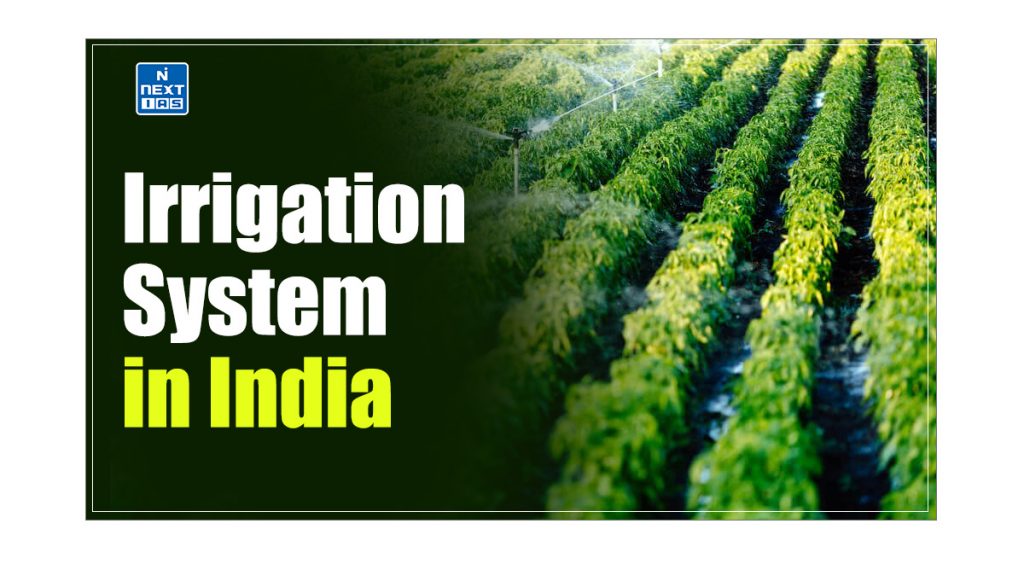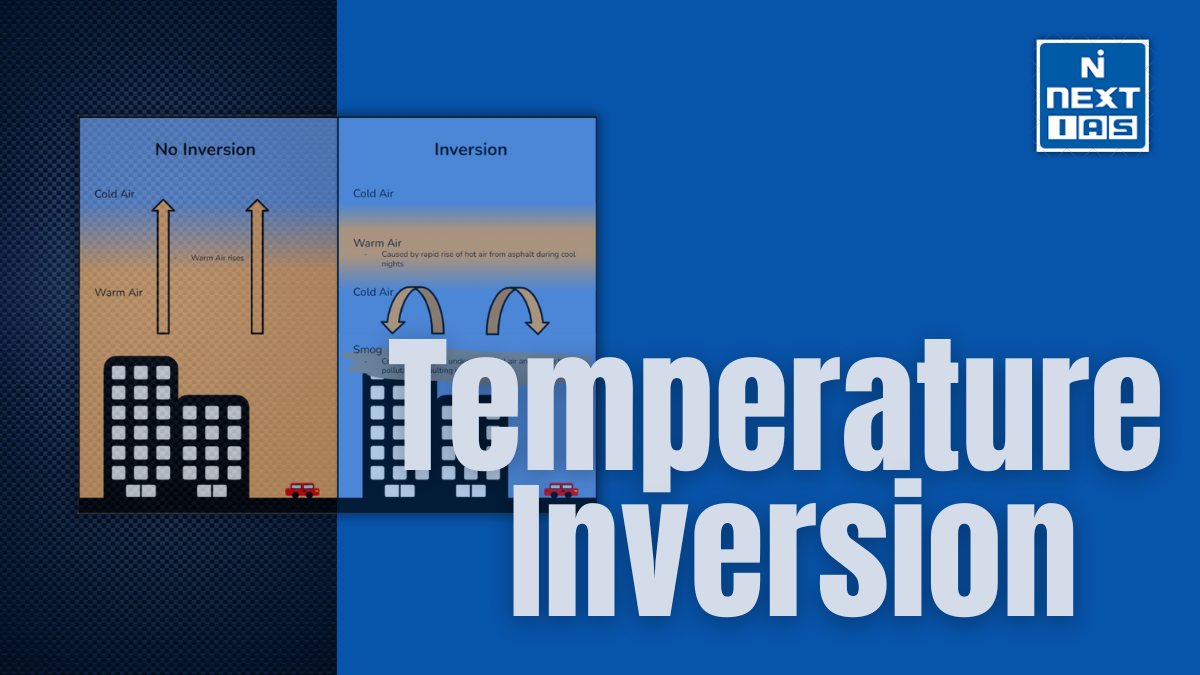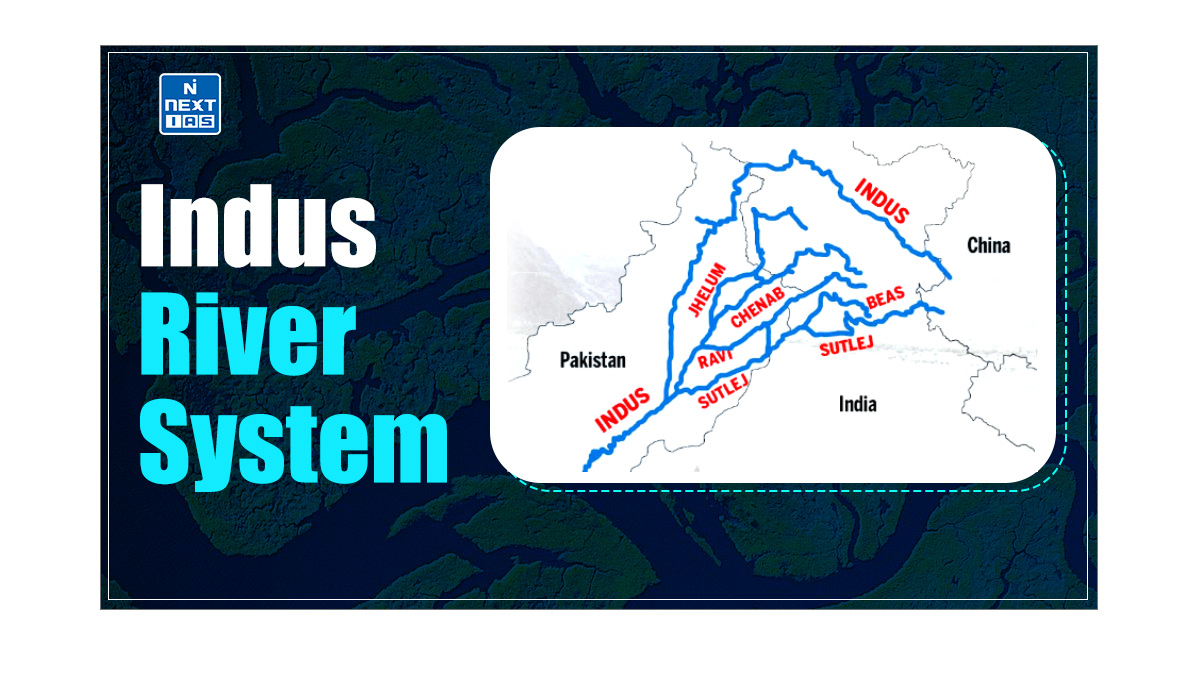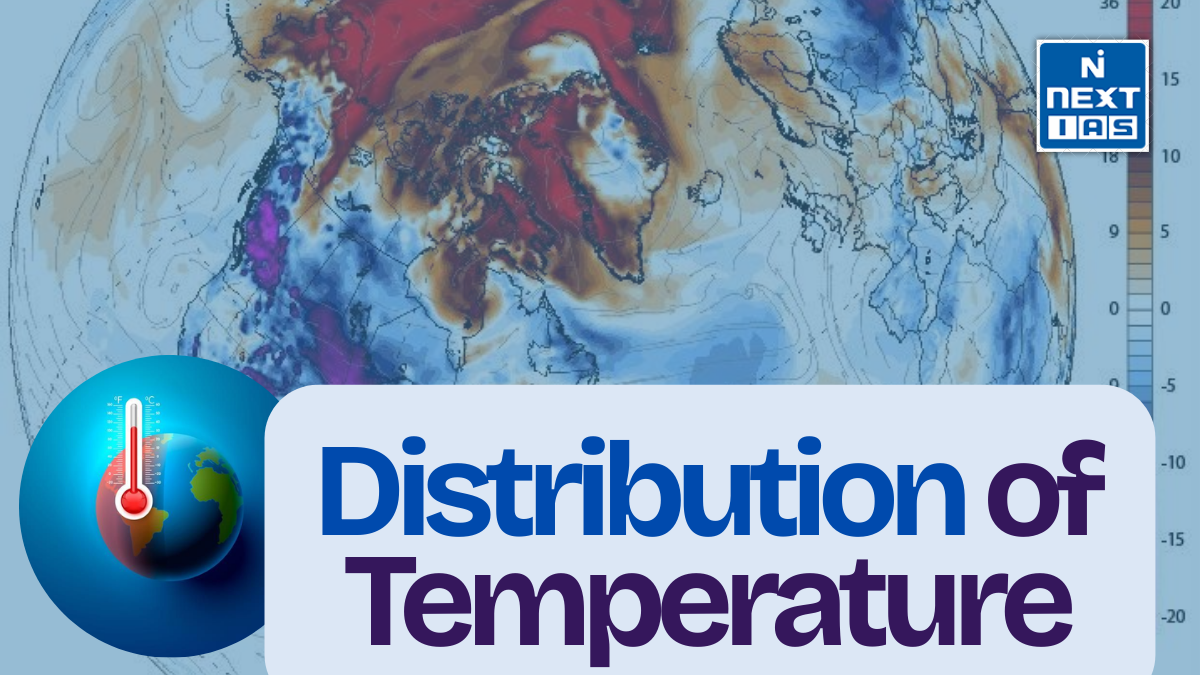
India’s irrigation system is the backbone of its agricultural sector, crucial in ensuring food security and rural development. This system’s significance lies in its ability to mitigate the challenges posed by unreliable monsoon rainfall, ensuring consistent agricultural productivity and food security. This article aims to study in detail the various aspects of the irrigation system in India, including its geographical factors, necessity, environmental and socio-economic impacts, and the challenges and solutions associated with its development.
About Irrigation System
- Irrigation is the controlled application of water through man-made systems to meet the water requirements of agriculture.
- Irrigation is the application of artificial water to crops or plants, especially when rain does not provide enough water for an agricultural field.
- Despite having the largest irrigated area in the world, India faces acute water scarcity. We must adopt irrigation methods that help save freshwater and provide sufficient water for plants’ growth.
- Thus, irrigation supplies water to crops by artificial means such as canals, wells, tube wells, tanks, etc., from sources such as rivers, ponds, or underground water.
- The main idea behind irrigation systems is to assist in the growth of crops and plants by maintaining the minimum amount of water required, suppressing weed growth in grain fields, and preventing soil consolidation.
- In India, two-thirds of the total cropped area needs irrigation. The nature of monsoon rainfall in India is uncertain, unreliable, irregular, variable, seasonal, and unevenly distributed.
Geographical Factors Favouring Irrigation in Different Regions
Northern Plains
- The slope of the land is gentle, and canals can carry irrigation water to far-off places.
- Soft and friable soil makes digging canals and link wells easy.
- Deep clay in sub-soil is a reservoir for rainwater, percolating through a porous medium.
- Hence, large groundwater is available for irrigation through wells and tube wells.
Peninsular Plateau
Irrigation in the Peninsular plateau is not an easy task due to its difficult terrain and factors enumerated below:
- Rocks are hard, so digging canals and wells takes work. That is why tank irrigation is mainly practised in these regions.
- The surface is uneven, so canals can’t carry water to far-off places.
Necessity of Irrigation in Indian Agriculture
The features of the monsoon and its effect on Indian agriculture, which makes irrigation necessary, are as follows:
- Uneven Distribution of Rainfall – The arrival of the monsoon is uncertain and variable, especially in areas of low rainfall, e.g., Punjab, Haryana, and Western Uttar Pradesh (High coefficient of variability).
- There is also Variation in the spatial distribution of rainfall; for example, Meghalaya has much more rainfall than the Thar Desert.
- Inadequate Coverage – Only 30% of cultivated land receives sufficient rainfall of more than 100cm. In areas of high rainfall, irrigation is necessary to increase farm productivity further.
- Monsoon gaps (no rain for two or more weeks during the sunny season) may damage crops without irrigation facilities.
- Seasonal Nature – The monsoon is “seasonal.” 75% of rainfall happens in 3-4 months of the year, and the remaining 8-9 months are marked by a dry season when irrigation is badly needed for growing crops (5 months dry in Kerala, nine months dry in North Western India).
- Type of Rainfall – Rainfall in most parts of India is torrential and therefore there is less opportunity for soil to absorb water and surface water goes waste.
- Also, rainwater flows down very quickly along the hill slopes. Certain crops, such as rice, sugarcane, jute, and cotton, require more water and need irrigation even in areas of heavy rainfall.
- Problem with Monoculture – Irrigation is necessary to end Monoculture cropping practices in Indian Agriculture. It is also necessary for the socio-economic transformation of rural India by making agriculture variable.
- Green Revolution – Since the Green Revolution, the introduction of HYV seeds and heavy doses of chemical fertilisers have made irrigation necessary. Sandy and loamy soil can’t retain water like Alluvial and black soil.
- The increasing population leads to more intensive agriculture, which needs more irrigation facilities and other inputs.
- To supply essential moisture for plant growth, which includes the transport of crucial materials, irrigation is necessary.
Impact of Irrigation Development
- The development of irrigation systems has significantly boosted agricultural productivity in India by ensuring a reliable water supply for crops, leading to increased yields and the expansion of cultivable land.
- Additionally, it has helped stabilise farmers’ livelihoods, particularly in drought-prone areas, by reducing dependence on monsoon rains.
The environmental and socio-economic impact of irrigation development has been discussed in detail in the following section.
Environmental Impacts of Irrigation Development
- Salinisation is the major cause of land being lost to production on irrigated land and is one of the most prolific adverse environmental impacts associated with irrigation.
- Waterlogging and salinisation of soils are common problems associated with surface irrigation.
- Waterlogging results primarily from inadequate drainage and over-irrigation and, to a lesser extent, from seepage from canals and ditches.
- Waterlogging concentrates salts, drawn up from lower in the soil profile, in the plants’ rooting zone.
- Alkalisation, the build-up of sodium in soils, is a particularly detrimental form of salinisation that is difficult to rectify.
- Water-borne or water-related diseases are commonly associated with the introduction of irrigation.
- The diseases most directly linked with irrigation are malaria, whose vectors increase in the irrigation waters.
- Other irrigation-related health risks include those associated with increased use of agrochemicals, deterioration of water quality, and increased population pressure in the area.
Socio-economic Impact of Irrigation Schemes
- The most significant issue arising from large dam construction is the resettlement of people displaced by flooding land and homes.
- This can be particularly disruptive to communities, and insensitive project development would cause unnecessary problems due to inadequate compensation for the affected population.
- Human migration and displacement are commensurate with a breakdown in community infrastructure, which results in a degree of social unrest and may contribute to malnutrition.
Problems and Challenges Associated with Irrigation
- Expensive Micro Irrigation – Most adopters are wealthier, and poor farmers cannot afford it. Different agencies have solved this problem by inventing low-cost systems.
- International Development Enterprises (IDE), an NGO, is actively working in Maharashtra and Gujarat to innovate low-cost micro irrigation systems and create awareness among poor farmers.
- Delays in Completion of Projects – The biggest problem in our major and medium irrigation sectors right from the First Five-year plan has been the tendency to start more and more new projects, resulting in a proliferation of projects.
- There is also a delay in utilising potentials already present. In most projects, there have been delays in the construction of field channels and water courses, land levelling, and land shaping.
- Interstate Water Disputes – Irrigation is a state subject in India. Therefore, states plan the development of water resources individually, considering their needs and requirements.
- However, all major rivers are interstate in character. As a result, states differ regarding storage, priorities, and water use.
- A narrow regional outlook brings inter-state rivalries over the distribution of water supply.
- Regional Disparities in Irrigation Development – The Ninth Five Year Plan Document estimated that water resource development in the North Eastern region through major, medium, and minor schemes is only 28.6 per cent.
- In contrast, it has reached about 95.3 per cent in the northern region. This indicates a wide regional variation in the development of irrigation facilities.
- Waterlogging and Salinity – The introduction of irrigation has led to waterlogging and salinity in some states, forming salt pans in agricultural fields.
- Increasing Cost of Irrigation – The cost of providing irrigation has increased over the years, from the first five years to the present.
- Decline in Water Table – The water table has been steadily declining in recent years in several parts of the country, especially in the western dry region, due to overexploitation of groundwater and insufficient recharge from rainwater.
- Energy Crisis Due to Power Outages and Unscheduled Interruptions Across Rural and Urban India – This problem may be solved by integrating drip irrigation with a solar panel system, which is considered the best option for off-grid farmers. PM KUSUM is one of the initiatives taken to mitigate this problem.
Alternatives to Mitigate the Negative Impacts of Irrigation Projects
There are alternatives exist to mitigate the adverse effects of irrigation development. Some of them are listed below:
- Locating the irrigation project on the site where negative impacts are minimised.
- To improve the efficiency of existing projects and restore degraded croplands for use rather than establish a new irrigation project.
- To develop small-scale, individually-owned irrigation systems as an alternative to large-scale, publicly owned and managed schemes.
- Sprinkler irrigation and micro-irrigation systems should be used to decrease the risk of waterlogging, erosion, and inefficient water use.
- Where appropriate, treat wastewater to make more water available to other users.
- To maintain flood flows downstream of the dams to ensure that an adequate area is flooded yearly, among other reasons, for fishery activities.
Irrigation Schemes in India
Major irrigation schemes in India are as follows:
Pradhan Mantri Krishi Sinchai Yojana (PMKSY)
- PMKSY’s vision is to ensure access to protective irrigation for all agricultural farms in the country—to produce ‘per drop more crop’, thus bringing much-desired rural prosperity.
- PMKSY is strategised by focusing on end-to-end solutions in the irrigation supply chain, viz. water sources, distribution network, efficient farm-level applications, extension services on new technologies and information, etc., based on a comprehensive planning process at the District/State level.
- Launched in July 2015, the Prime Minister’s initiative was to ensure irrigation for every farm (Har khet ko Pani) and increased productivity (Per Drop, More Crop).
Components of Pradhan Mantri Krishi Sinchai Yojana (PMKSY)
- PMKSY has four components under 3 Central Government Ministries.
- Accelerated Irrigation Benefits Programme (AIBP) – Ministry of Jal Shakti.
- Har Khet Ko Pani (CADWM, RRR and Minor Irrigation) – Ministry of Jal Shakti.
- Per Drop More Crop (Micro Irrigation)- Ministry of Agriculture, Cooperation & Farmers Welfare.
- Watershed Development (IWMP and MGNREGS)- Ministry of Rural Development.
Mission Kakatiya
- Mission Kakatiya is the Telangana government’s flagship program for restoring minor water irrigation sources like ponds and tanks.
- The objective is to enhance the development of Minor Irrigation infrastructure, strengthen community-based irrigation management in a decentralised manner, and adopt a comprehensive programme for the restoration of tanks and water sources to effectively utilise 265 TMC of water allocated for the minor irrigation sector under the Godavari and Krishna river Basins.
Conclusion
The development and management of irrigation systems in India are pivotal for the sustained growth of the agricultural sector and the livelihoods of millions of farmers. By prioritising sustainable irrigation practices, India can enhance agricultural productivity, secure rural livelihoods, and contribute to the nation’s economic growth.
GS - 1





